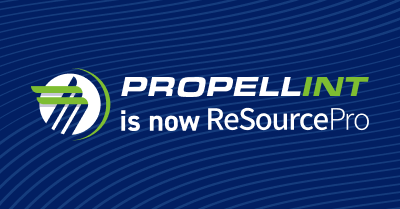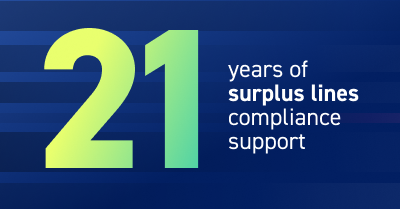Elaine is a Senior Specialist at ReSource Pro Compliance
With valuations continuing to rise, insurance businesses looking to expand through mergers and acquisitions are increasingly turning to a different strategy: the producer lift-out. By hiring away top talent, a competitor can realize a far greater ROI than they can with conventional M&A activity. As the 2022 Best Practices Study by the Big I and Reagan Consulting explains,
“When larger firms can lift out producers for a total economic cost of perhaps 3.0 x revenue, these deals translate to perhaps 6.0 x [to] 8.0 x EBITDA—a far cry from where agency valuations currently stand.“
2022 Best Practices Study by the Big I and Reagan Consulting
Lift-outs aren’t new, of course. Despite non-compete agreements, the “luring away” of producers and their clients happens. Additionally, insurance professionals have never been timid about changing agencies on their own initiative to advance their careers.
Losing a team member is never easy. Important institutional knowledge often walks out the door with them. Clients may want reassurance that their new agent will continue to meet their needs. Still, in the scramble to manage day-to-day tasks, don’t overlook the impact of a lift-out on the agency’s compliance status. Here are seven compliance to-dos to consider.
License Gaps
First, ensure that the lift-out doesn’t create any gaps in the agency’s licensing. Typically, both the business and a person must hold the appropriate licenses for the insurance products on offer. If a former employee held the only individual license in a particular state, close that gap promptly.
Affiliations
Once a “lifted” producer ends their employment, their affiliation to the entity’s license needs to be terminated within 30 days. While it is usually the agency that requests the termination, an individual can do so as well.
Designated Responsible Licensed Producers
While updating “ordinary” affiliations is important, it’s essential when the agency’s DRLP is the target of the lift-out. Failure to name a new designated producer within 30 days can have serious consequences, including termination of the agency’s license. Keep in mind that some states also require the individual to have governance authority over the business.
Director & Officer Updates
Agencies also need to inform regulators about the departure of directors, officers, etc., and name suitable replacements. If the agency is registered as a foreign entity, both the insurance department and the Secretary of State’s Office need to be notified. Procedures and timelines for making these notifications vary by jurisdiction and the legal structure of the business.
NAIC Background Questions
The NAIC’s Uniform Application for Business Entity License/Registration includes a series of seven background questions. The answers to these questions determine the level of scrutiny regulators apply to each application. If a former employee had a “yes” answer to one of these questions AND was an owner, partner, officer, director, LLC member, or LLC manager, the agency must continue to answer “yes” to the relevant question—even after the individual in question moves on to other employment. That means the agency needs copies of any written statements, legal records, or other supporting documents uploaded to the NIPR Document Warehouse under its own name.
Appointments
While there’s not a hard-and-fast deadline for updating appointments like there is for, say, affiliations; it’s still a great idea to submit termination requests in a timely manner. Doing so can save the carrier the costs associated with unneeded appointment renewals. It can even prevent confusion arising from the same person holding appointments under two different selling agreements. Be sure to check the terms of the agency’s carrier agreement and the producer’s employment contract first though to see how to handle outstanding commission payments.
Surplus Lines Tax Reports
Last, if the “lifted” individual holds a license for surplus lines ensuring continuity of compliance can be particularly challenging. Depending on the jurisdiction, the agency or brokerage may need to file premium tax reports at year’s end in addition to any prior filings. If a policy appears under the individual’s surplus lines license number, it may take coordination and cooperation to keep everyone on the right side of regulators.
Find out how ReSource Pro helps insurance agencies and producers meet their licensing and compliance needs by visiting our compliance page.



